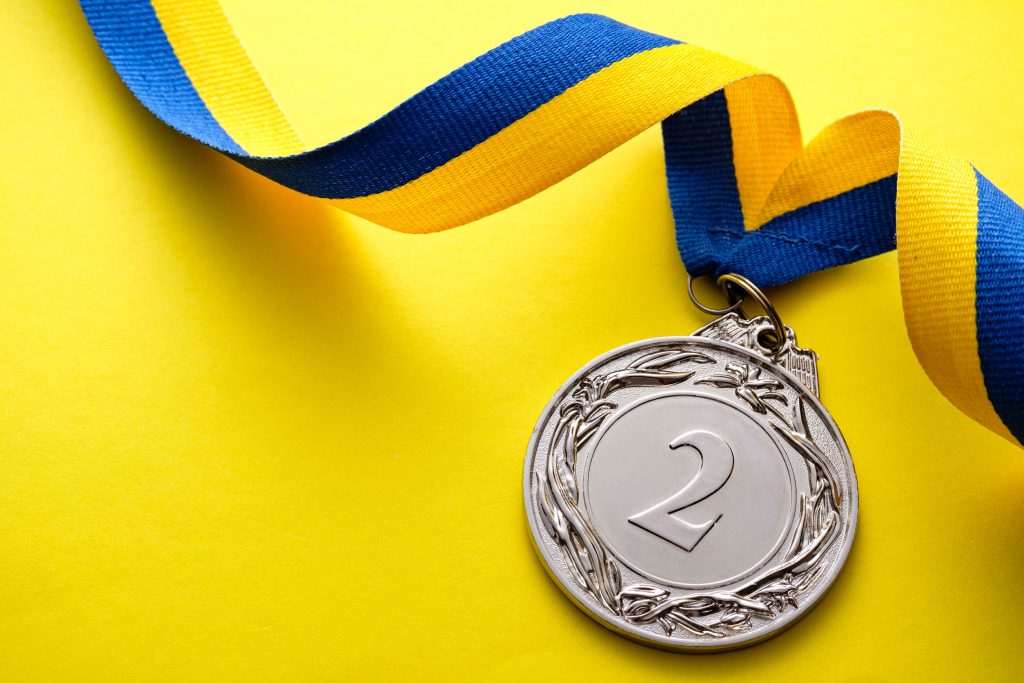Behind every medal lies a story—of achievement, perseverance, and pride. But have you ever wondered how these shining symbols of victory are made? The medal-making process is a fascinating blend of creativity, craftsmanship, and technology.
1. Concept & Design
It all starts with a concept. Designers work closely with clients to create a medal that captures the event’s spirit. Whether it’s for a marathon, sports event, or corporate recognition, the design phase includes choosing shapes, sizes, logos, fonts, and colors.
2. Mold Creation
Once the design is finalized, a mold is created using CNC engraving or 3D printing. This mold is the blueprint for every medal in the batch. Precision is key, as the mold determines the detail and clarity of the final product.
3. Casting or Stamping
Depending on the material, medals are either cast in a mold or stamped from a metal sheet. Popular materials include zinc alloy, brass, and iron. The medals are then trimmed and polished for smooth edges and a clean surface.
4. Plating & Coloring
Next, the medals undergo electroplating in finishes like gold, silver, bronze, or antique tones. Color fill is applied to add vibrancy—either by soft enamel or hard enamel, depending on the desired texture.
5. Assembly & Packaging
Ribbons are attached (customized to match the event branding), and each medal is inspected for quality before being packaged—ready to be awarded to deserving recipients.
The medal-making process transforms raw metal into lasting mementos of triumph. Whether it’s a participant medal or a championship trophy, each one tells a story worth remembering.







